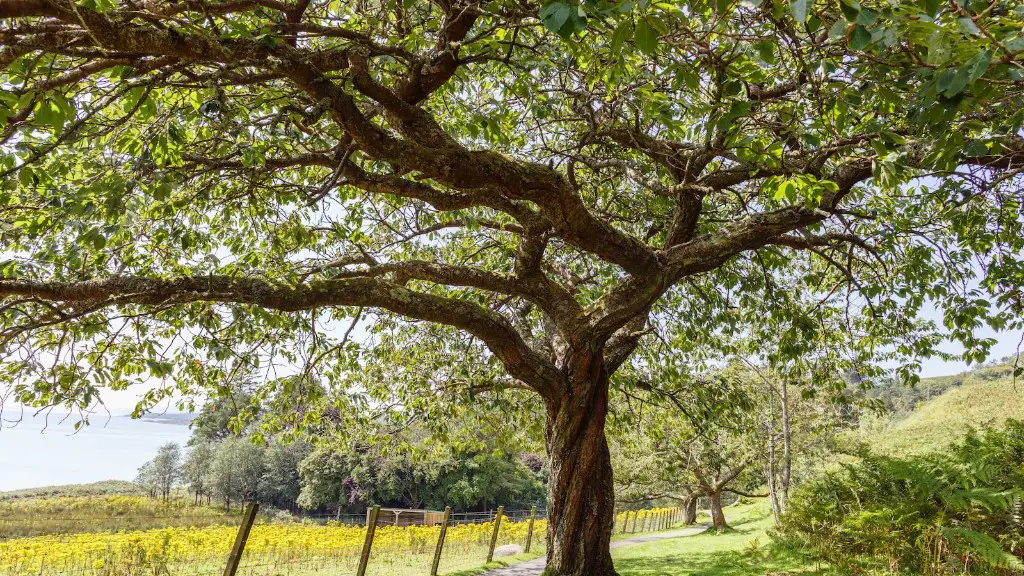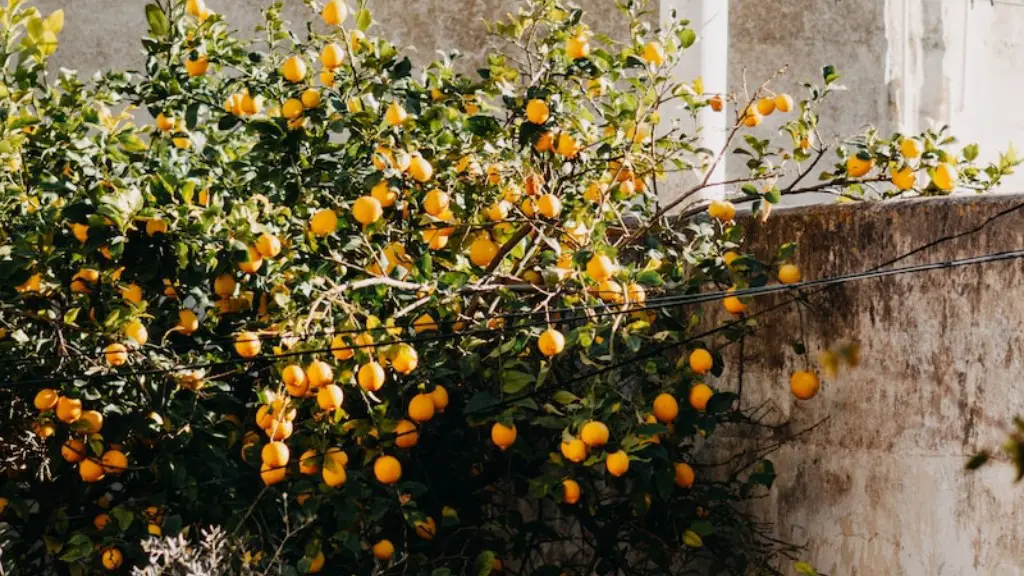Visual Evaluation
One of the first steps when determining if a cherry tree is dead is to visually evaluate it. Trees are complex organisms and there are many ways to comment on the vigor, health, and life of a tree. When inspecting the tree, take note of the leaves, buds or flowers, and overall shape of the tree. If the tree has lost all its leaves, it’s a sign that it has died. If the branches are limp and even completely missing, it is also strong evidence that the tree is dead. If the branches appear to have thick bark and are still growing, there is hope that it is alive. Black or discolored buds can also be a sign of a dead cherry tree.
Soil Evaluation
One important element of determining if a cherry tree is dead is to evaluate the condition of the soil. If a soil is dry and compact, it can prevent the tree from taking up vital water and nutrients for growth. If the tree is also located in an area with poor soil drainage, it can become prone to disease and may eventually die. When inspecting the soil, look for pests like fungus or microbes, signs of overwatering, or a lack of pH balance. If any of these elements are present, make sure to adjust the soil immediately to improve its condition.
Water Evaluation
A cherry tree needs adequate water to stay healthy and grow. If a tree is not watered regularly or gets too little or too much water, it can become prone to drought or root rot. When checking your tree’s water level, take note of how moist the soil is and how frequently you water your tree. If the soil is always dry or if you are over-watering your tree, these can be signs that your tree is not getting enough water. Pay close attention to water stressed areas of the tree such as wilted leaves or drooping branches.
Time Evaluation
One of the most important factors when determining if a cherry tree is dead is to evaluate the amount of time since the tree has shown signs of life. If a tree has been without leaves, buds, or flowers for multiple years, it is likely that the tree is dead. If the tree appears to be wilting, the branches may still have some life in them so have patience. However, if there is no sign of buds or leaves for multiple years, the tree may be dead.
Pruning Evaluation
Pruning is an important part of keeping a cherry tree healthy. Pruning helps create vigorous and strong branches which can make the tree more resistant to pests and diseases. If a tree has not been pruned in several years and there are dead or dying branches, it can be a sign that the tree is dead. Inspect the branches to make note of any dead or diseased ones. If there are too many dead or dying branches, the tree may already be dead.
Bark Evaluation
When inspecting a cherry tree, be sure to also observe the bark of the tree. Bark can provide clues as to the health and life of the tree. If the bark is loose, flaky, cracking, or dead, this can be a sign that the tree is near death. Observe for signs of pest damage such as holes, smushed or crimped areas, or cankers. If you observe any of these signs, your cherry tree may be dead.
Fruit Evaluation
When determining if a cherry tree is dead, consider if it is producing fruit. A healthy cherry tree will usually produce fruit each year. If it has been several years without any fruit production, it is highly likely that the tree is dead. Additionally, if the tree has been exhibiting any of the other signs mentioned above, this combined with no fruit production is a good indication that the tree has died.
Insect/Pest Evaluation
Cherry trees are prone to pests and diseases which can ultimately kill the tree. Evaluating for the presence of pests and diseases is an important step in determining if a cherry tree is dead. Look for signs of infestation such as holes, withered leaves, discoloration, and dead or missing branches. If any of these signs are present, it could be an indication of pest or disease damage. Without treatment, the tree can quickly die from the damage caused by the pests.
Contamination Evaluation
Another indicator of a dead cherry tree is if the soil it is planted in has been contaminated by chemical runoff. If the area receives a high amount of air pollution or runoff, the soil can become toxic and may eventually kill the tree. One way to check for contamination is to observe the foliage and check for discoloration or evidence of pests. Additionally, testing the soil for toxins and contaminants can also help determine if a cherry tree is dead.
Conclusion
When trying to determine if a cherry tree is dead, it is important to take into account a variety of factors. Start with a visual examination of the tree, followed by a soil, water, time, pruning, bark, fruit, insect/pest, and contamination evaluation. If the tree is exhibiting any of the signs mentioned above, it is likely that the tree is dead. It is important to identify the signs early on so that steps can be taken to prevent the tree from becoming diseased or dead.


